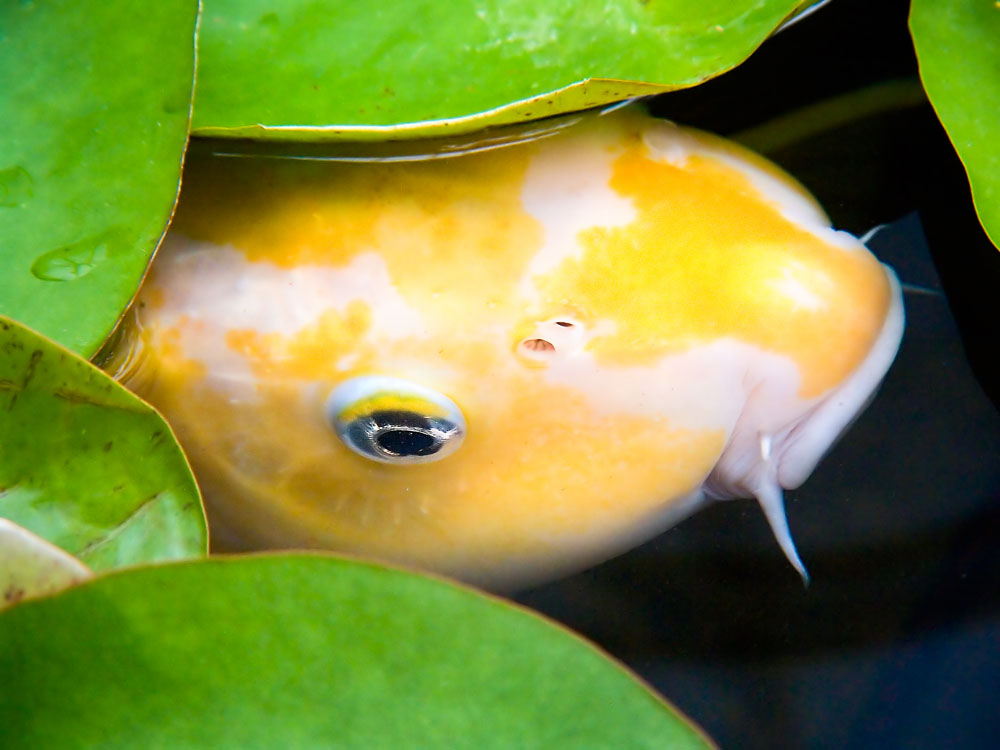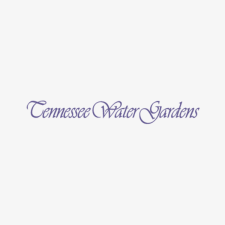1. Creating a Water Garden
Water gardens can provide you with a lifelong oasis right outside of your door. Many steps go into the process of creating your own water garden, but none of them are difficult to master, even for the most novice hobbyist. By following specific steps from the beginning, like selecting your garden site, adding various fish and plant species, or proper filtration and conditioning, your water garden will remain an outdoor experience for you and your family to enjoy for years to come.
Site Selection
The location of the pond should be an area of your yard that receives at least four hours of direct sunlight during the day. Avoid building the pond near trees with heavy fall of leaves or conifers or trees with strong root formations. Be aware of your climate zone and keep winter and summer temperature extremes in mind during your planning stage.

Selecting a liner
The first step in setting up a pond is selecting a liner. The liner protects the pond from water loss and is a barrier between the pond and the ground below it. At Tennessee Water Gardens, we use exclusively flexible liners because they are much easier for you or your landscaper to handle and allow you to create a more natural looking pond. A flexible liner can be used in any shape, depth, or configuration. This will allow for a more customized look. No one wants to have the exact same pond as half the people on the same block. Flexible liners can be used to form ledges, shelves and even islands for bog plants. Flexible liners will allow you to add depressions for silt traps as well as deep spots for fish to find shelter in the heat of summer and the cold of winter.
Good flexible liners should last more than double their warranty when installed properly. The pond liner should be protected from direct sun rays. All good liners are UV-stabilized; however, they will last much longer if all liner material that is not covered with water is covered and protected with decorative landscaping.For those who want to tackle a rigid pond you will be limited to the design of the manufacturer. Most rigid ponds do not have adequate shelves and are quite shallow. In addition the holes must be excavated exactly to the shape of the rigid liner for best long term use. These ponds are usually not the best buy for the amount of water they hold. The same priced flexible liner will hold much more water. We offer a full range of flexible liners that are the best available. See Solution 4.
Tips for Water Garden Builders
The best time for water garden construction and planting of a pond is spring. Spring construction will allow plants and animals to get a strong foothold before winter. Construction, however, can be done throughout the year when weather permits. If a pond is constructed in cold months wait till spring to add plants and animals.
A well-planned pond should have 20% of its surface area at least 18-36″ deep. There are two reasons for this depth: one is that during extreme summer heat the fish can draw back to the cold bottom ground where the water is richer in oxygen. The other is to decrease the chance of the pond freezing solid during winter. This is a common problem in ponds that are too shallow.




